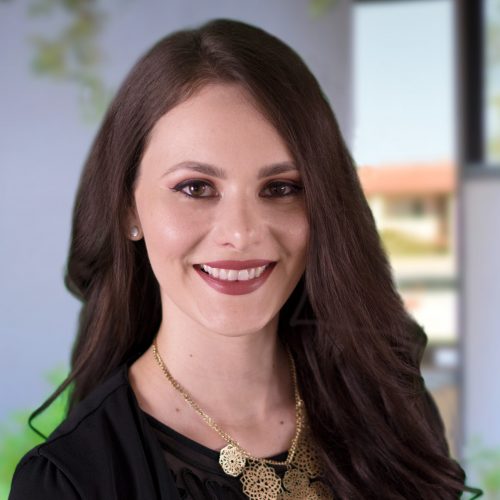

Cognitive Diversity:
A Lesson from Superheroes
Trisha Martin, Learning & Development Consultant
“We’re the Avengers, how do we cope with something like that?”
“Together.”
These prevailing, exchanged words came from two team members in the Avengers, a superhero group derived from the Marvel Universe. Besides teaching us how to save the world, or how to perfectly time witty one-liners, this group of heroes demonstrates how to value and utilize diverse thinking styles to overcome challenges and reach desired goals.
Take a second and imagine your own ‘superhero’ team for work. Who is in it? What are they like? Did you imagine people with similar preferences and thinking styles to your own- someone just like you? Understandably, our personal preferences often become our default preferences. We want to surround ourselves with like-minded individuals who just get us. However, those default preferences do not work when it comes to building an effective team.
The reason why the Avengers work together so well is not due to experiencing harmonious day-to-day practices, with constant like-minded thoughts. In fact, this group of mixed heroes are nowhere near similar to one another. So, what exactly makes this team successful? The answer was already given: cognitive diversity.
Cognitive diversity is defined as the differences in information processing styles or perspectives. In other words, it is the way we approach new information or challenges (our thinking styles!). Two researchers, Alison Reynolds and David Lewis, began studying more about cognitive diversity after they realized it was the result to their years of research around group problem solving. Originally, Reynolds and Lewis were studying the correlation between a team’s performance and their gender, age, and ethnicity. The study comprised of various groups who were assigned to solve a problem as a team. Stunned after finding no correlation with their original variables, the two researchers began looking into what else could have accounted for teams succeeding and failing. After further inquiry, only one result was evident: like-minded teams underperformed in comparison to teams with cognitive diversity. (Even a group of PhD scientists could not complete the challenge.)
Organizations that seek out to ‘hire in their own image’ are setting themselves up for failure. We NEED people on teams to have cognitive diversity, because it drives innovation and collaboration, reduces unconscious bias, and increases overall performance. At GCNA, we have such a diverse set of talented individuals, and we need to make sure we are capturing the full benefit of that. Here are some ways we can leverage and promote our cognitive diversity:
SPEAK OUT – Encourage your team members to share their ideas and perspectives at every gathering, no matter the subject.
HIGHLIGHT THE DIFFERENCES – Make sure you create a culture that recognizes and appreciates the different styles of thinking on the team. Try to find ways to bring up specific traits of a team member in front of others, so that it introduces their strengths.
SEEK DIFFERENT THOUGHTS – When facing a problem, open up your thoughts to those who might question it differently than you. Try seeking help from someone that you know will look at it from a different angle.
DISCOVER YOURSELF AND OTHERS – Participating in team building activities and workshops can help you and your team learn more about each other. GCNA’s learning and development team facilitates the REAL COLORS workshop, which helps team members recognize and value their different strengths and perspectives. Workshops can be located on the LMS by clicking on catalog search and typing in ‘real colors’.
Working with those who match our thinking styles is not the villain in this article. We do need those people around, but it is essential to recognize that a team is more effective with a diverse set of minds. Sure, you can have a couple Tony Starks on a team, but it should be balanced out with a Bruce Banner and Steve Rogers. Could you imagine a team of all Tony Starks –yikes. When team members begin to become aware of and utilize these differences, they will begin to successfully tackle every problem, together. So, who’s on your team?


